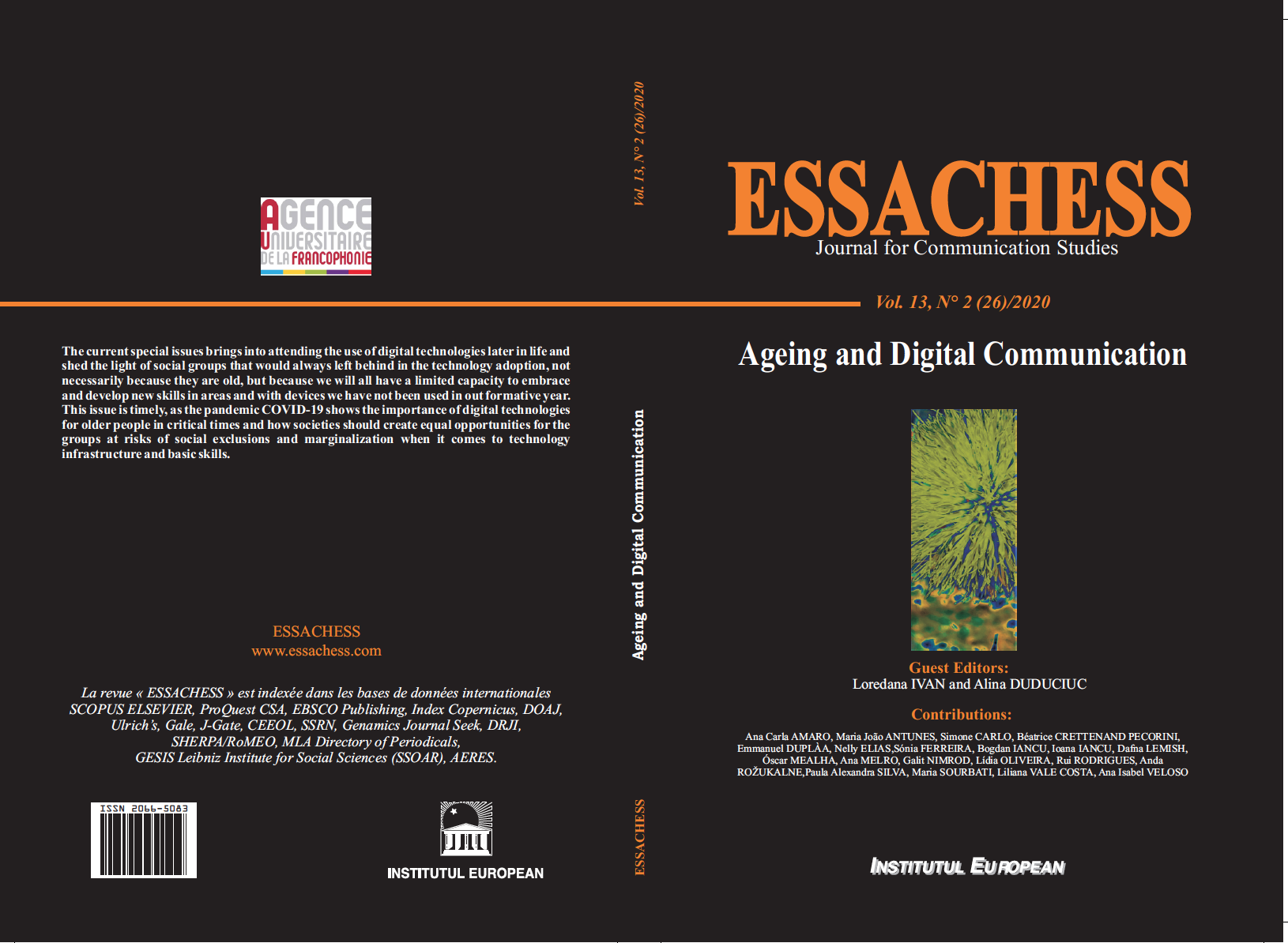Author(s): Diana Antoci / Language(s): English
Publication Year: 0
This article addresses the problem of identifying relationship between the emotional manifestations of adolescents and young people and dominant values in their personality system in order to establish priorities in the acquisition of the components of the value orientation at the subjects. The age of adolescence is the period of social and emotional development, cognitive and emotional explosion, and psychic and value system formation. Personality formation takes place in the social environment through interrelation with parents, friends, and teachers in different life situations. Adolescents may experience positive and negative emotions of varying intensity. Emotional stability develops gradually through experiences, socialization, cognitive progress, self-knowledge and self-affirmation which are already being formed and are specific to young people. It is important to self-recognize and self-analyse by the subject of his/her own specific emotions, to determine the causes of their occurrence, to know how to regulate the negative ones. The role of emotions is enormous for the human being. The affective sphere is one of fundamental elements for: the fixation of externalized manifestations through the behavioural display of suitable emotions, shaping of attitudes, the development of beliefs and, therefore, values. These components are organized hierarchically, forming the content of value orientation or values orientation. The experimental study carried out with adolescent and young subjects consisted in determining the specificity of emotions and dominant values in adolescence and youth ages, highlighting the dynamics of emotional and value changes, and establishing the relationship between the studied variables. The experiment results provide us with the current information regarding dynamics of the relationship of emotions and values, which, therefore, allows to elaborate new ways of emotions knowing and regulating during adolescence age including youth one. These strategies can be applicable in educational institutions, ensuring by them well-being for all education actors. Well-being means not only feeling well inside, but also to be in well- being created conditions in the environment around us, favouring the wellbeing of all subjects.
More...


















